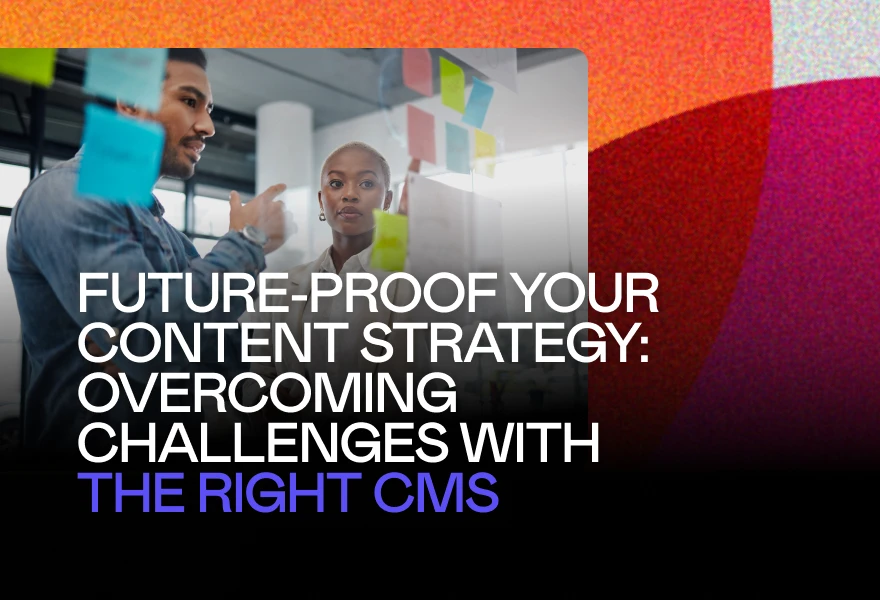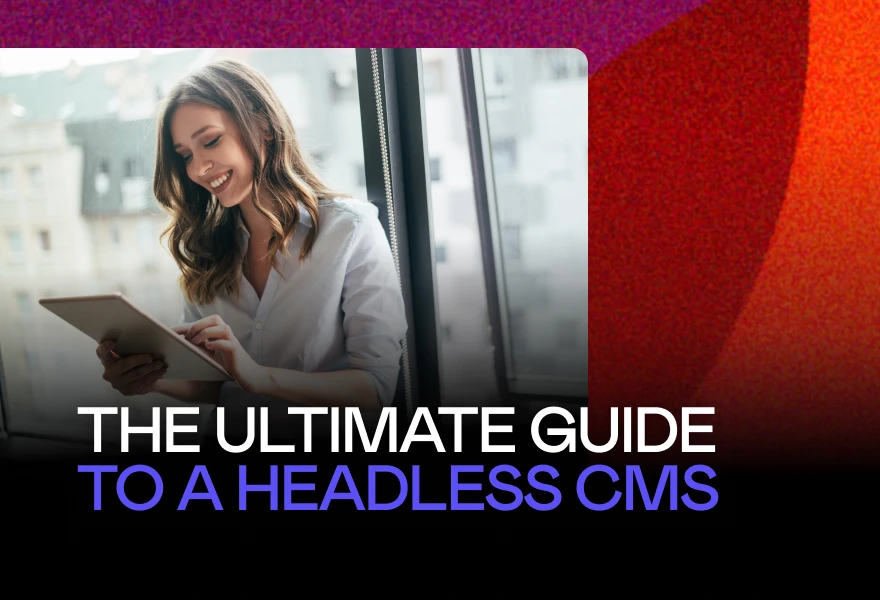The freedom to dictate your content structure and schema
Relying on fixed templates limits the diversity and flexibility of the content and experiences your organization can create. Many CMSs claim to include or support common features, but how they provide these capabilities can be radically different.
With page-orientated and modified page-orientated CMS, content types are largely decided by the vendor—not your publishers—and the channels you can publish to are limited, as is your ability to connect different content items together. The entire process can be complex and difficult to understand.
Best practice solution:
One that enables publishers to define relationships between content pieces, structure content with a unified enterprise model, and ensure content is futureproofed and platform-independent.





